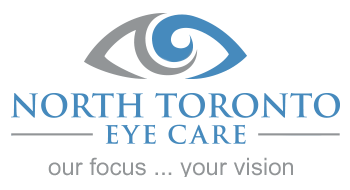Your Lens Options
Click Here For More Information
Eye on Lens Technology
Artificial intraocular lenses (IOLs) are implanted in the eyes to replace the natural lenses of patients with cataracts, presbyopia or refractive errors. Advances in lens technology mean improvement in the quality and variety of lenses you may choose from, and are customized to your lifestyle. Our lens options range from standard lenses (covered by OHIP) to premium Lifestyle lenses. Your NTEC doctor can help you decide which lens is the best choice for your needs.
Lens Candidacy
OHIP only covers a basic measurement of the size of your eye to help your surgeon to select the most optimal lens power (like glasses prescription) for your eyes. This measurement uses an older technology, and is only suitable if you don’t mind wearing glasses full-time, and elect to go with the OHIP covered IOL (described below). If you would like to know what IOL options you have, and would best suit your lifestyle and vision needs, then more specialized tests would be required to give your doctor more information about the shape and curvature of your eyes. These specialized tests require an additional fee.
3 Zones of Vision:
To understand how each type of IOL works, you need to first understand there are 3 zones of vision:
Far Distance
This includes looking at things approximately 3 feet and further away from you, e.g. television, street signs.
Intermediate
This includes looking at things approximately 2 to 3 feet away from you, e.g. dashboard of your car, computer monitor, coffee table or kitchen counter.
Near
This includes looking at things approximately 1.5 to 2 feet away from you, e.g. cellphone, tablet, book.
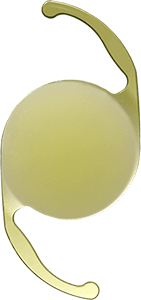
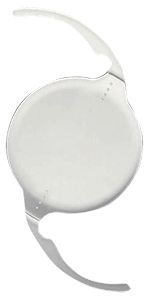
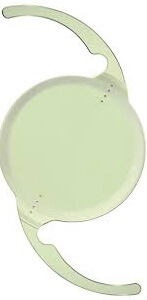
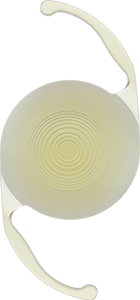
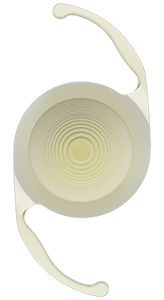
Insurance Coverage
Refractive correction services that are offered during cataract surgery can include special-feature intraocular lenses like multifocal and accommodating IOLs, femtosecond laser-assisted cataract surgery, and other specialized diagnostics. These services are an additional cost to patients because they are not deemed medically necessary. Newer innovations for cataract surgery aim to enhance refractive outcomes for patients who are hoping to be independent of glasses or contacts lenses but at a financial cost.
